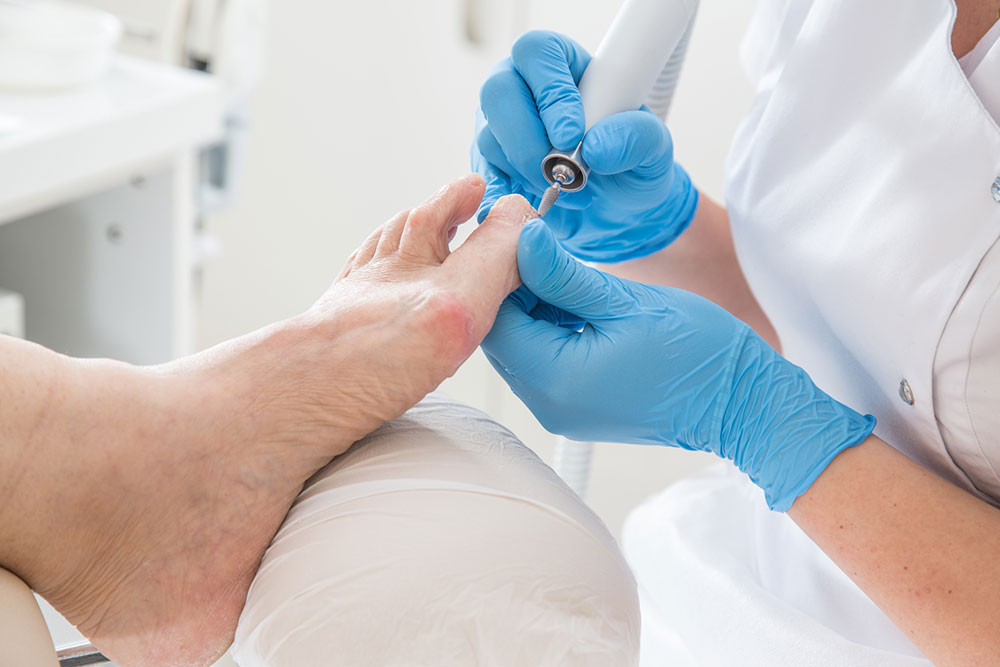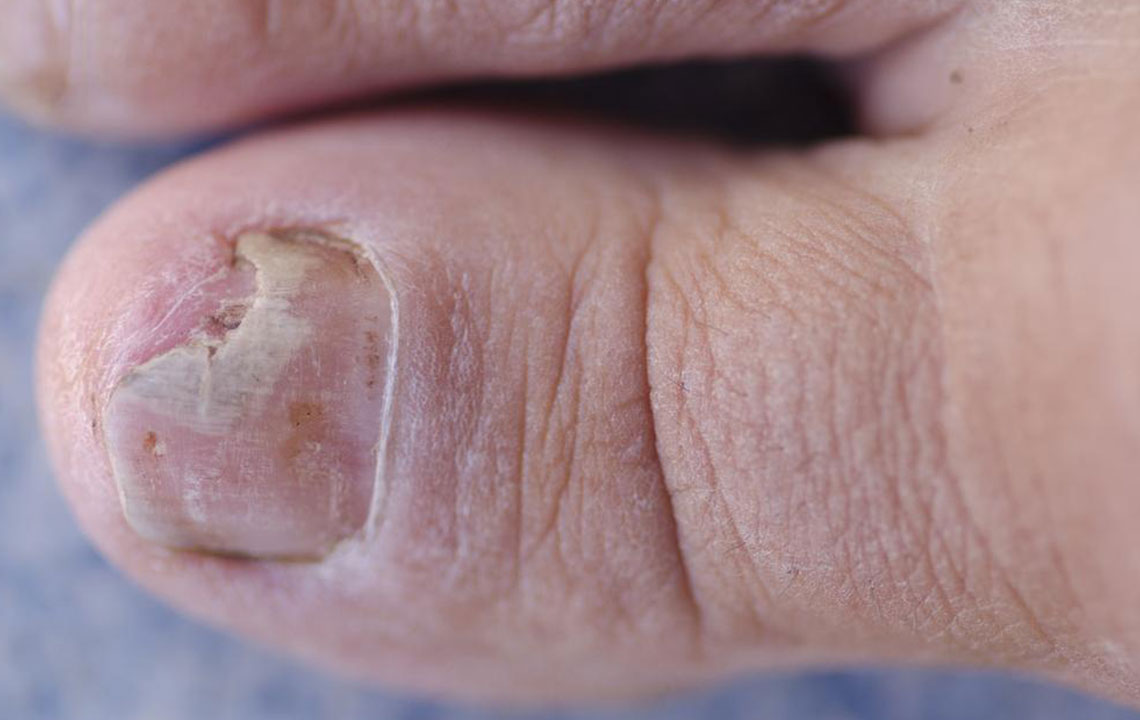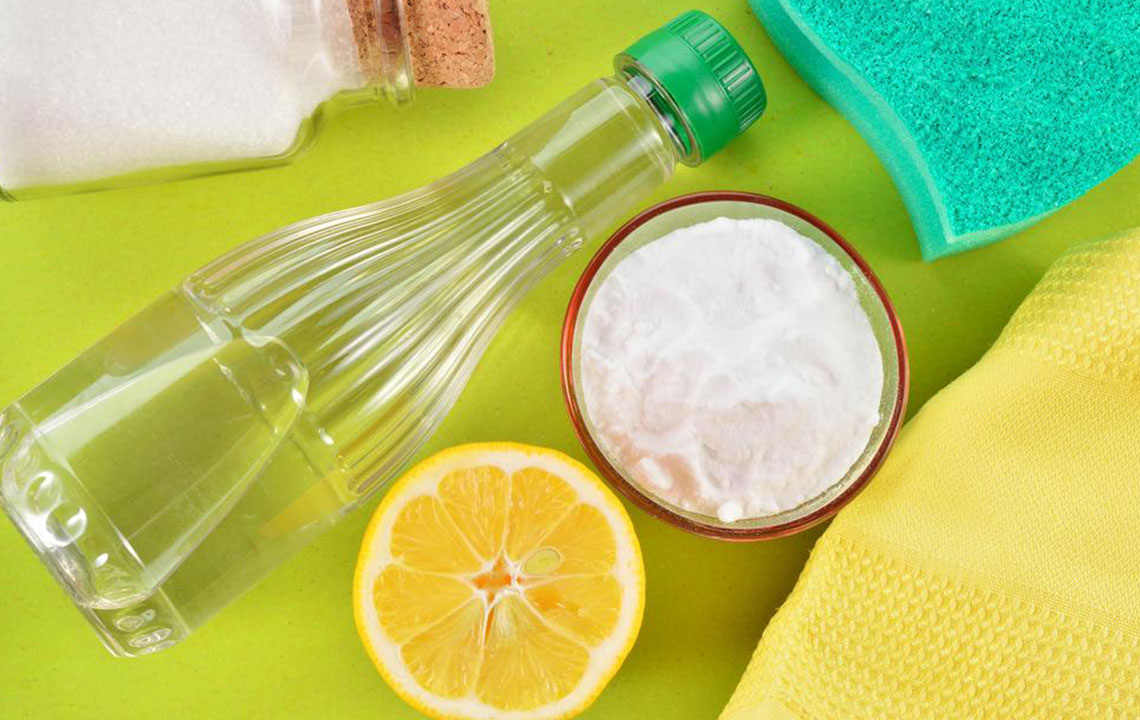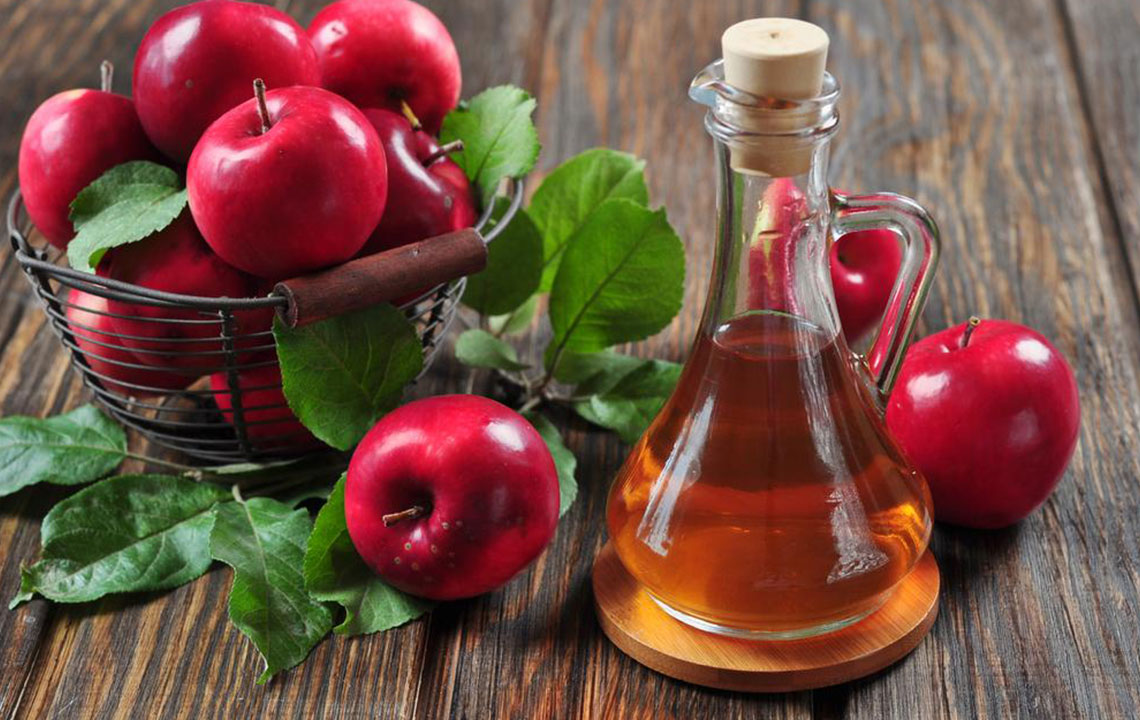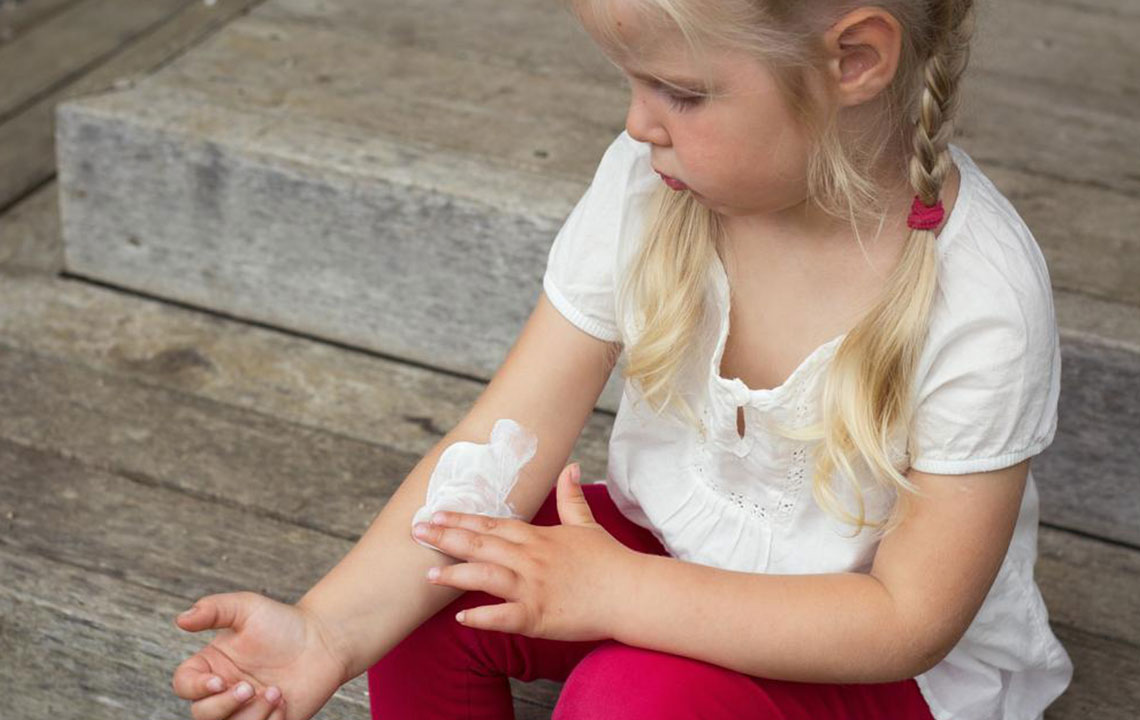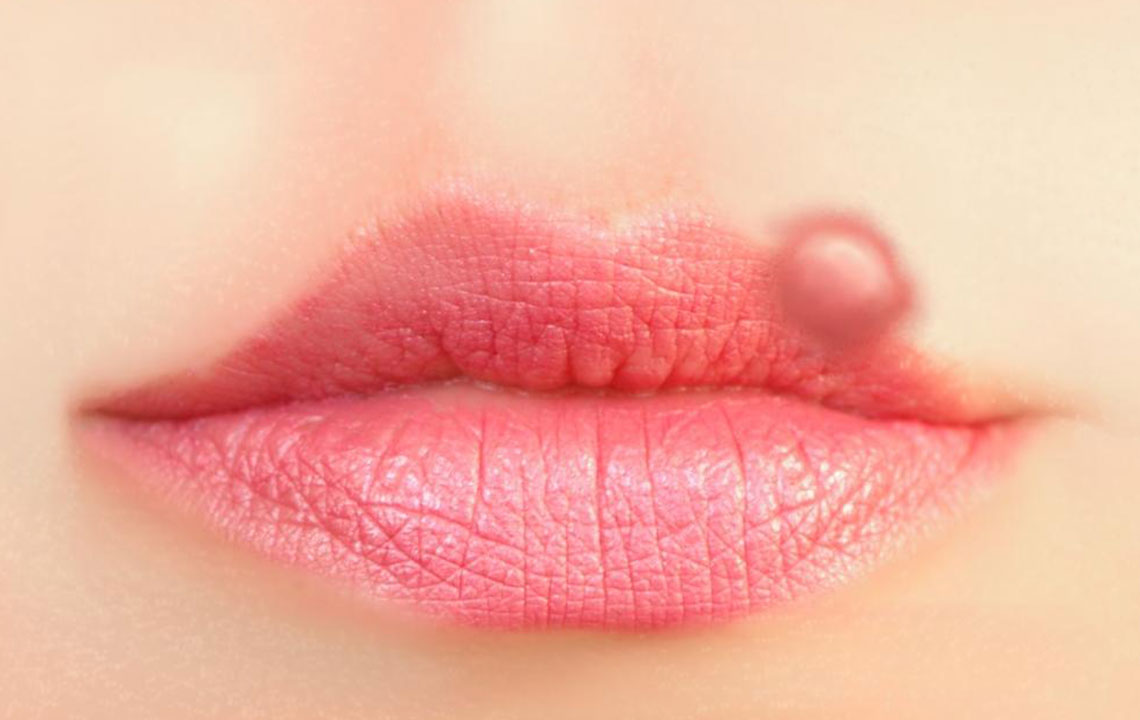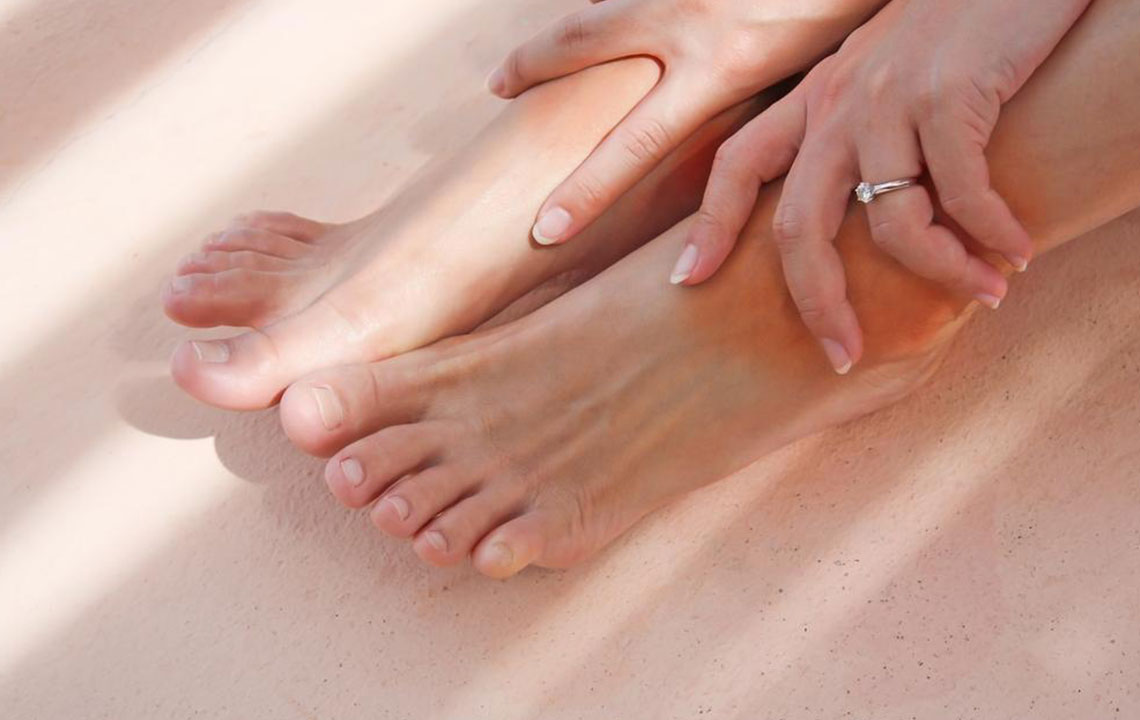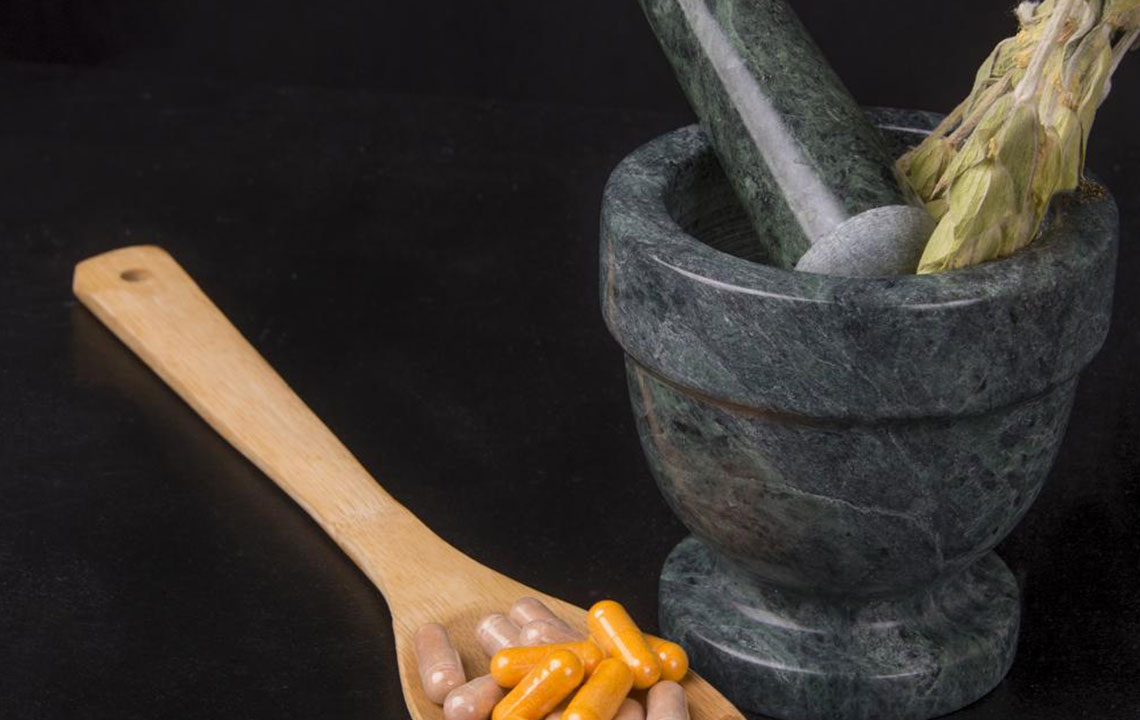Natural Remedy: Using Listerine to Treat Toenail Fungus
Discover an effective, natural method to treat toenail fungus using Listerine. This home remedy leverages antimicrobial agents to combat infection, offering a safe alternative to medications. With regular use, especially in early stages, Listerine foot soaks can help eliminate fungal growth, reduce odor, and promote healthy nail regeneration. Easy and affordable to prepare, this treatment suits mild to moderate infections. While results may vary, it provides a promising, side-effect-free option for maintaining healthy feet and preventing fungal progression.
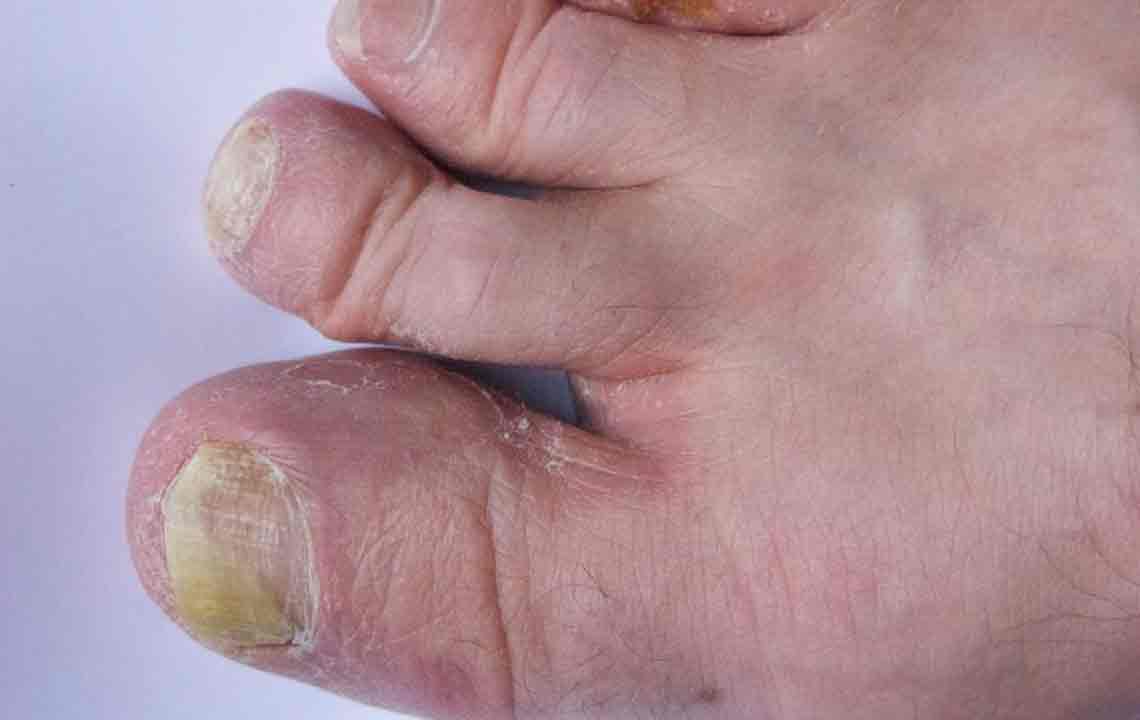
Natural Remedy: Using Listerine to Treat Toenail Fungus
Dealing with toenail fungal infections? Those who frequently walk through damp environments or wear tight, sweaty shoes are more susceptible to this condition. Both men and women can be affected.
As the infection advances, symptoms like pain, swelling, and discoloration become more intense. Toenail fungus penetrates deeply, starting as a dark spot and eventually causing yellowing, thickening, foul odor, and white powdery debris. Without timely treatment, nails may become thickened, painful, and odorous.
Antifungal medicines are typically prescribed, but they may cause side effects like nausea or pose risks to liver and heart health. As a natural alternative, many seek remedies with fewer adverse effects. Listerine, a common mouthwash, has emerged as a popular homemade solution for toenail fungus. Its antimicrobial properties can help combat the infection while eliminating bad foot odor.
The key ingredients in Listerine aid in reducing fungal growth over time.
Why does Listerine work against toenail fungus?
The liquid contains disinfecting agents that inhibit and eliminate fungal infections. Patience is essential, as results may take several weeks.
The active ingredients include:
Thymol, a potent antifungal agent effective against skin fungi.
Eucalyptol, derived from eucalyptus oil, offers antimicrobial benefits and reduces inflammation and pain.
Salicylate, known for its analgesic and anti-inflammatory properties, promotes shedding dead skin and encourages healthy cell growth.
A brief history of Listerine
Launched in 1879, Listerine was initially developed as a surgical antiseptic and disinfectant. It was later used to treat gonorrhea and even as a floor cleaner. Today, it is best known as a mouthwash for fresh breath.
This natural treatment is effective for mild to moderate cases of toenail fungus. Regular use can lead to noticeable improvement.
For minor symptoms like slight discoloration or white spots, soak your feet once daily. For more severe cases involving swelling and darkened nails, use the soak twice daily. Mix equal parts of Listerine and water in a basin, and soak affected feet for 20-30 minutes. Use a soft brush to exfoliate dead skin. Consistent application helps heal the infection.
For targeted treatment, apply concentrated Listerine directly to the infected nail with a brush, cover with cotton, and secure with tape. Combining Listerine with apple cider vinegar can further assist in fighting infection; apply the mixture with a brush or soak cotton balls before taping to the toe. The acidic nature of apple cider vinegar creates an unfavorable environment for fungus.
While Listerine is effective mainly in early-stage infections, severe cases may require specialized topical treatments like tea tree oil. Early intervention maximizes success.
Are there side effects?
Fortunately, Listerine's use as a foot soak poses minimal risks. The only temporary effect is foot coloration mimicking the mouthwash. No scientific evidence confirms its ability to cure fungal infections definitively, and results may vary.
Economical and easy to access, Listerine offers a safe home remedy option. Maintaining dry, well-ventilated feet is also crucial in preventing toenail fungus.


